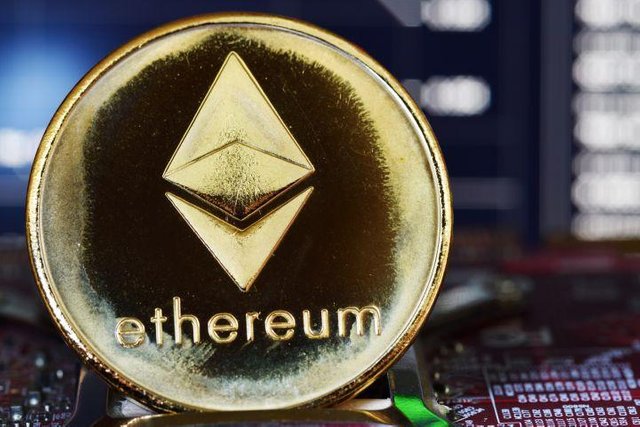What Has Been Happening with Ethereum in 2018?

Ethereum has emerged as the second most popular cryptocurrency project after bitcoin, which can be witnessed by the more than USD 50 billion market capitalization of its digital token ether (ETH) and the number of financial institutions and corporations who are running distributed ledger technology trials using the Ethereum blockchain.
2018, however, has so far been a bumpy year for ether holders as the value of Ethereum’s token has dropped substantially in value since mid-January.
Price Decline After January All-Time High
The price of ETH hit its all-time high of USD 1,412 on January 14, 2018. Since then, the ETH price has declined substantially - along with the rest of the crypto asset market - to currently trade at around USD 500. In March, ETH even was the worst performing digital token among the top cryptocurrencies.
While Ethereum is facing increased competition from other smart contract platforms, such as NEO, Stellar, Cardano, NEM and EOS, which claim to be superior platforms, the price of ether has also suffered due to blockchain startups who have held Initial Coin Offerings (ICOs) needing to sell the ether they raised to pay their bills in fiat currency.
Tim Enneking, founder and managing director of Crypto Asset Management, told MarketWatch:
“These companies [that have held ICOs] have expenses in fiat and are having to sell Ether to pay for them. They aren’t great traders and selling it into an already falling market is exasperating the fall.”
Bitmain’s New Ethash ASICs Miner
On April 3, the largest cryptocurrency mining hardware producer Bitmain announced the release of its new Antminer E3 Ethash ASIC Miner. This is the first ASIC (Application-Specific Integrated Circuit) miner that can mine ether and other cryptocurrencies that use the Ethash algorithm. Up until this point, Ethash-based cryptocurrencies have been ASIC-resistant and could only be mined using GPUs (graphics processing units) or CPUs (central processing units).
The introduction of ASICs mining creates fear of increased centralization, which can be found in the bitcoin and bitcoin cash mining pool distributions. That is why the digital currency project Monero, for example, has announced a hard fork following Bitmain’s release of a Monero ASIC miner to ensure the digital currency remains ASIC-resistant and to maintain a high level of decentralization.
Ethereum founder Vitalik Buterin, however, is not worried about the new ASICs miners potentially threatening the decentralization of “his” network. In a bi-weekly developer meeting, he said: "Getting everybody to upgrade is likely to be fairly chaotic and detract from more important things. So, at this point, I personally lean quite significantly towards no action."
Furthermore, Buterin plans for the network to switch its proof-of-work (PoW) consensus algorithm to proof-of-stake (PoS) in the future, known as the Casper upgrade, which would eventually make all ether hardware mining obsolete.
While Buterin is optimistic about switching the Ethereum network from proof-of-work to proof-of-stake, a report by bitcoin derivatives exchange BitMex suggests that the likelihood of this switch happening is rather small.
Buterin proposes setting the maximum supply ether at 120,204,432, two times the amount of ether sold in the token sale in 2014.
Given that this proposed change in monetary policy would result in a limited supply that could potentially be met with unlimited demand. Should this proposal be implemented, we can expect to see a rally in the price of ETH.
Credit: Cryptonews
https://cryptonews.com/exclusives/what-has-been-happening-with-ethereum-in-2018-1628.htm